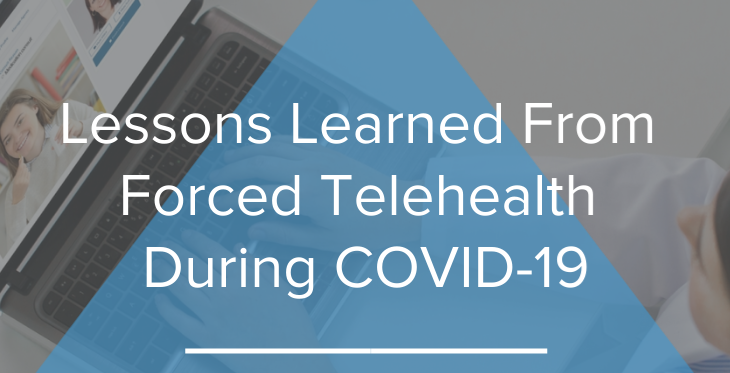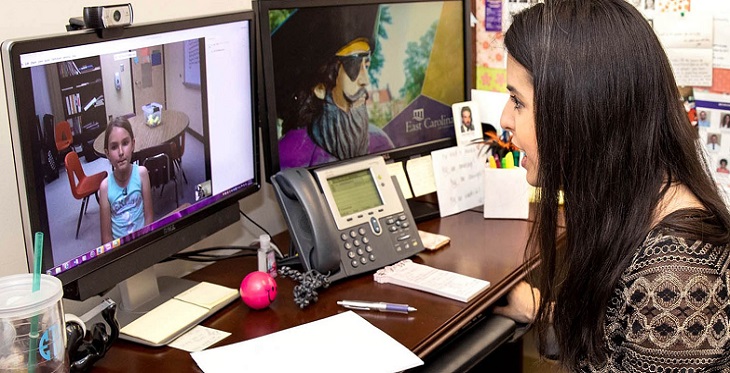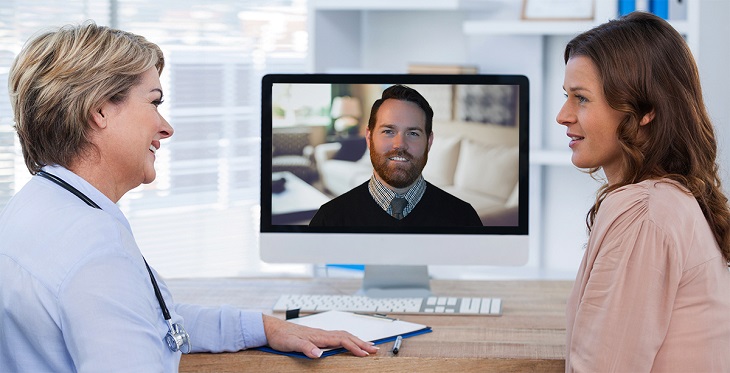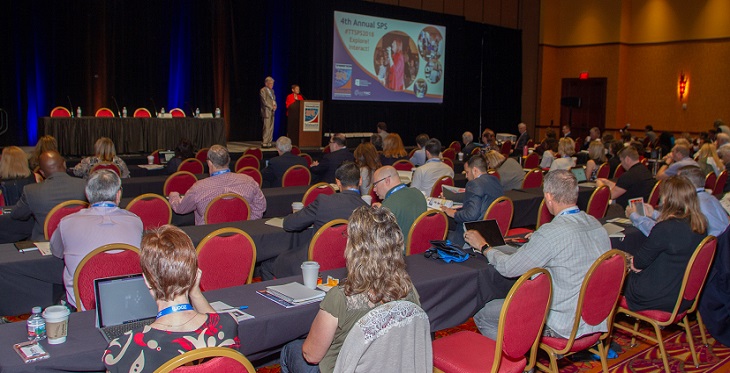Lessons Learned From Forced Telehealth During COVID-19






Gone are the days when telehealth services were associated with clinical settings only. In the new era of health technology, sick kids can now take virtual trips to the doctor while they are at school!Even as recently as a decade ago, school nurses would offer Band-Aids, administer aspirin, and babysit sick children until their parents picked them up for a doctor’s visit. Now, as telemedicine makes its way into various institutions and even households, more and more locations are turning into health centers. School-based telehealth is a major milestone in particular because it streamlines two spheres at once: it enables better access to healthcare, and helps dodge the considerable dent that poor health puts into a child’s educational experience.

Successful meetings don’t just happen. There’s a lot of hard work that goes into the planning, organization and execution of these events. The National Telehealth Research Symposium 2019 that was recently held in Chicago is a perfect example of how organizations with common goals can collaborate to create a top-tier meeting (without any vendor support or involvement!) to promote research in connected health and telemedicine. The NTRS 2019 meeting was put together by SEARCH (the Society for Education and the Advancement of Research in Connected Health) and SPROUT (Supporting Pediatric Research on Outcomes and Utilization of Telehealth; a group within the American Academy of Pediatrics). SEARCH’s mission is to promote a platform for researchers, free from commercial bias, to prove the benefits of Connected Health via their annual symposium, with the goal of sharing research findings and to foster collaborations among researchers and organizations who wish to define, develop, and contribute to the field of connected health research. SPROUT’s mission is to promote, develop, and disseminate multicenter value-driven research on pediatric telehealth with the goals of identifying best practices for implementation of pediatric telehealth, determining the impact of telehealth on healthcare quality, and establishing a network of institutions to conduct collaborative research on pediatric telehealth.

There is no other area of my life that I am more passionate about than the accessibility of mental health providers.
Some of the people I love the most live with multiple behavioral health diagnoses and have had life-long battles with addiction. I’ve lost loved ones due to not getting the help they need. I’ve also been on the other end of the phone trying to get someone the help they need and received the frustrating response that appointments are booked out weeks, sometimes even months.

Practically everywhere you turn today, AI, or artificial intelligence, (aka deep learning and machine learning) pops up as the must have, coolest thing since robots and thinking machines were first introduced in popular literature and films. After all, who doesn’t want a car that can sense when it’s safe to change lanes, stop before hitting the deer in the road and even drive itself?
There is little doubt that AI already has and will continue to revolutionize the world and thereby healthcare. For example, the past five years at the Radiological Society of North America (RSNA) annual meeting -- the world’s largest radiology meeting, attracting over 50,000 people to Chicago -- have seen an explosion in the number of vendors promoting AI in their products, and the number of scientific talks and courses on the topic. The 2018 meeting in November was no exception – I swear, every single vendor must have had “AI” advertised somewhere on their booth. Throughout the meeting sessions, AI, deep learning and machine learning topics permeated presentations.

The 4th Annual Telemedicine & Telehealth Service Provider Summit (SPS https://ttspsworld.com/), sponsored by the Arizona Telemedicine Program (ATP) and Southwest Telehealth Resource Center (SWTRC), was held October 8-9 in Glendale, AZ, and attracted an all-time high of nearly 400 attendees! SPS continues to be unique in its intent to bring together telemedicine service providers and users in a collaborative and interactive venue that provides the opportunity to learn from each other. SPS, as in past years, was organized and hosted by Drs. Dale Alverson, Elizabeth Krupinski, and Ronald Weinstein. The ATP team contributed innumerable hours (especially Nancy Rowe and Kris Erps), support, and enthusiasm to put the meeting on and deserves many kudos and thanks (Cassandra Coray, Ellen Dudzik, Kris Erps, Mike Holcomb, Angel Holtrust, Bob Kerr, Janet Major, Chris Martin, Karen Miller, Nancy Rowe, Tracy Skinner)!

In its spring 2018 update on state telehealth laws and reimbursement policies, the Center for Connected Health Policy reported a patient-friendly trend in telehealth and telemedicine delivery to home-bound patients. Ten states have revised their policies to recognize a Medicaid patient’s home as an “originating site” – a policy change enacted to improve patients’ access to care.
The 10 states are Colorado, Delaware, Maryland, Michigan, Minnesota, Missouri, New York, Texas, Washington and Wyoming.